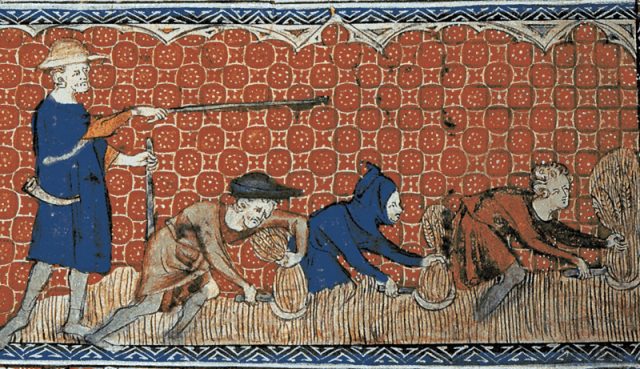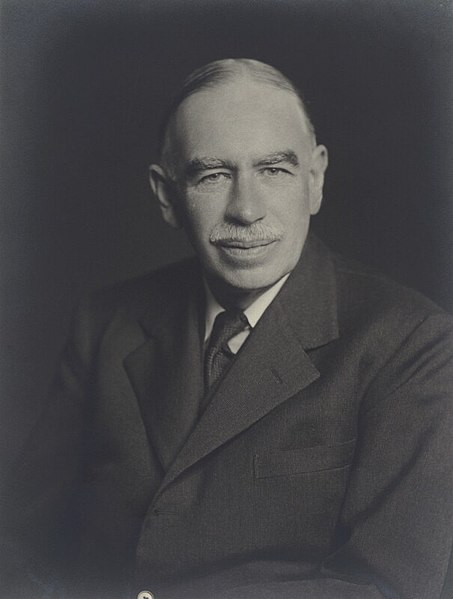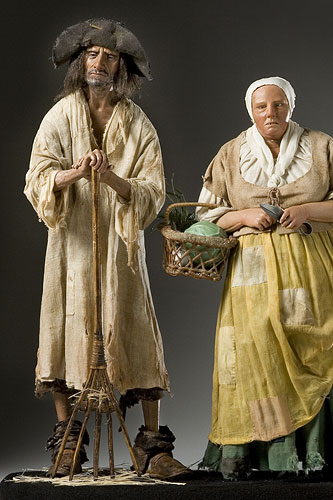Incredible as it may sound the modern American puts in longer hours than medieval peasants. While many people feel increasing pressure to work long hours in today’s economy, even the hardest-hit victims of the “gigs economy” might assume that at least they don’t work as hard as a medieval peasant.
But that assumption would be wrong.
Juliet Schor, a Professor of Sociology at Boston College, explained in her book The Overworked American: The Unexpected Decline of Leisure, that the average American in 1987 was working about 1,949 hours annually, while an adult male peasant in 13th-century England racked up approximately 1,620 hours yearly.

According to the latest available labor data, the medieval peasants continue to work fewer hours than Americans. In 2017, the average hours worked by Americans reached 1,780 a year.
Economists of the last century have turned out to be quite wrong about the direction work was taking. According to Business Insider, “John Maynard Keynes, one of the founders of modern economics, made a famous prediction that by 2030, advanced societies would be wealthy enough that leisure time, rather than work, would characterize national lifestyles. So far, that forecast is not looking good.”

The United States is the only advanced country with no national vacation policy. “Many American workers must keep on working through public holidays, and vacation days often go unused,” said Business Insider. “Even when we finally carve out a holiday, many of us answer emails and ‘check in’ whether we’re camping with the kids or trying to kick back on the beach.”
But how could things have been better in medieval times?
“Before capitalism, most people did not work very long hours at all,” wrote Schor in her book. “Consider a typical working day in the medieval period. It stretched from dawn to dusk (sixteen hours in summer and eight in winter), but, as the Bishop Pilkington has noted, work was intermittent – called to a halt for breakfast, lunch, the customary afternoon nap, and dinner.”
Related Video:
https://youtu.be/TLl5AyCgh1A
Depending on time and place, there were also midmorning and midafternoon refreshment breaks. These rest periods were the traditional rights of laborers, which they enjoyed even during peak harvest times. During slack periods, which accounted for a large part of the year, adherence to regular working hours was not usual. According to Oxford Professor James E. Thorold Rogers, the medieval workday was not more than eight hours.
Plowing and harvesting were backbreaking toil, no doubt, but the peasant enjoyed anywhere from eight weeks to half the year off.

The Catholic Church, mindful of how to keep a population from rebelling, enforced frequent mandatory holidays. Weddings, wakes, and births might mean a week off to celebrate, “and when wandering jugglers or sporting events came to town, the peasant expected time off for entertainment,” according to Business Insider. “There were labor-free Sundays, and when the plowing and harvesting seasons were over, the peasant got time to rest, too.”
In fact, Schor found that during periods of particularly high wages, such as 14th-century England, peasants might put in no more than 150 days a year. “All told, holiday leisure time in medieval England took up probably about one-third of the year,” she wrote in her book. “And the English were apparently working harder than their neighbors. The ancien règime in France is reported to have guaranteed fifty-two Sundays, ninety rest days, and thirty-eight holidays. In Spain, travelers noted that holidays totaled five months per year.”
Related Article: Living until 100? Life Expectancy is on the Rise
While the modern American, after a year on the job, gets an average of eight vacation days annually, on average less than medieval peasants.
People fearful of layoffs or becoming dispensable might not even take the vacation days they are entitled to at their jobs. “In a period of consistently high unemployment, job insecurity and weak labor unions, employees may feel no choice but to accept the conditions set by the culture and the individual employer,” said Business Insider.
